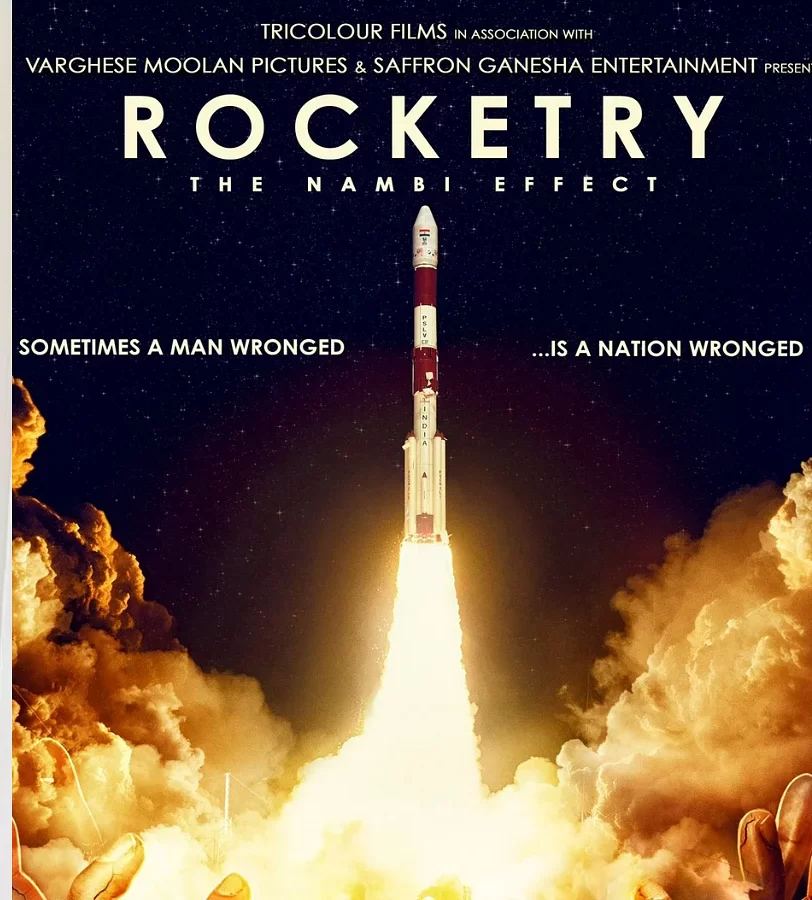
"I’m not a naturalistic director. What I love is to create a show and for people to enjoy it…I am interested in stylization of reality, possibility of playing with codes. That’s how this idea of a film set in the Hollywood of the late 1920s and early 1930s, in black and white, was formed," Hazanavicius told IANS in an e-mail interview from Los Angeles.
Hazanavicius conceived the idea seven or eight years ago and "fantasised about making a silent film…because as a director it makes you face your responsibilities, it makes you tell the story in a very special way.
"In this genre, everything is in image, organisation of signals you’re sending to the audience. And it’s an emotional cinema, it’s sensorial…It’s a fascinating way to work. I thought it would be a magnificent challenge."
The director initially got an "amused reaction" from producers when he told them that he wants to make a silent film.
"But producer Thomas Langmann is not like others. He didn’t just take what I said seriously, he believed in it. I told him I would look for a story and as soon as I’d found it, I’d come back and see him..," he said.
The film is expected to triumph at the Oscars with 10 nominations.
Hazanavicius had two themes for the silent film.
"Pure entertainment or a film dealing with more serious issues…I didn’t want this project to be perceived as a whim, or a gimmick; so I started looking for a story to fit into the format," he said.
"Jean-Claude Grumberg, the screenwriter and playwright, had told me a story on how one day, while he was talking to a producer about a silent movie actor who had been wiped out by the arrival of the talkies, the producer had replied, ‘That’s wonderful, but the 1920s, too expensive, couldn’t it be set in the 1950s?’ I remembered the story and started to work on it."
Writing was fast as he completed it in four months. The films that nourished his imagination while writing "The Artist" were the work of stalwarts like F.W. Murnau and Frank Borzage. Also, enormous research went into the Hollywood of that era.
Asked if one writes a silent movie the same way one writes a talking picture, he said: "Yes and no. Yes, because I didn’t alter the way I work, the only difference was that I didn’t write down the dialogues. And no, because I didn’t stop during writing to ask myself pure directorial questions."
He "watched and re-watched many silent films" to try to assimilate the rules of the form to understand what "I was going to be confronted with…The challenge was to determine the acting range and after that it was quite simple."
For the director, Jean Dujardin and Berenice Bejo were the ideal actors for the characters of this story.
"Jean is as good in close-ups with his facial expressions as he is in long shots with his body language. Few actors are good with both. He also has a timeless face. Berenice also has that quality. She exudes freshness, positivity, goodness, almost too much! George Valentin and Peppy Miller are, in a way, Jean and Berenice fantasised by me!"
The Hollywood community was "curious and touched".
"First, because they have a slightly schizophrenic relationship with French cinema and because in this famous debate between art and industry, France holds a unique place.
"Then because this project was very different – a silent film, in black and white, about Hollywood…We had lots of visitors, tonnes of phone calls…"
Instead of giving instructions to the cast, the director said he used to play music on the set and "it literally carried them. So much so that at the end, they couldn’t do without it!
"I played mostly Hollywood music of the 1940s and 1950s: Bernard Herrmann, Max Steiner, Frank Waxman, but also George Gershwin, Cole Porter…"
In a silent film, music is crucial. How did he proceed?
"As usual, I called Ludovic Bource. From the initial stages of the writing I gave him the records I listened to while writing."




